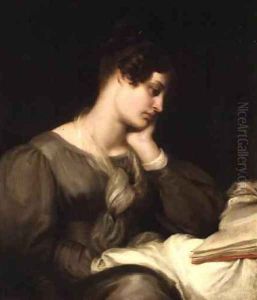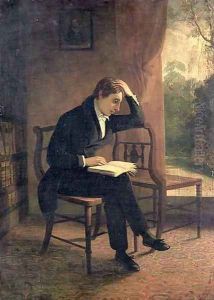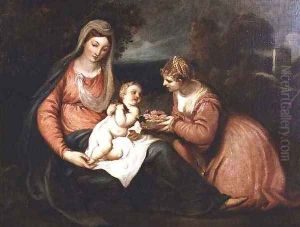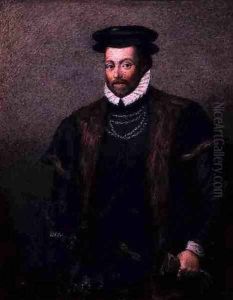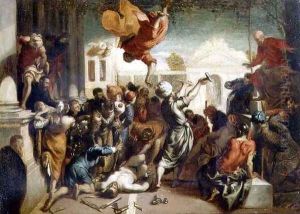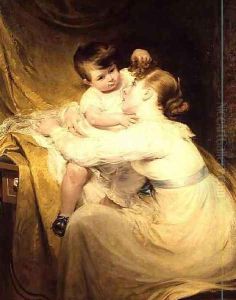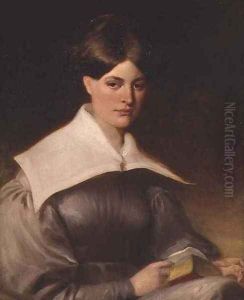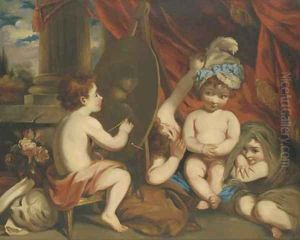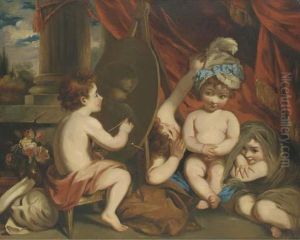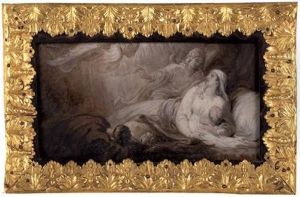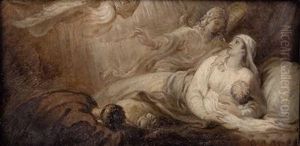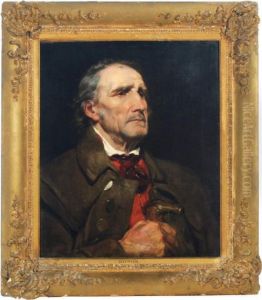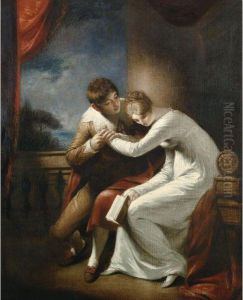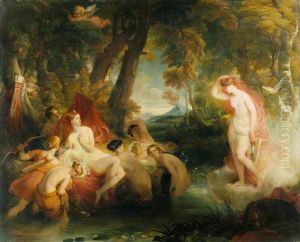William Hilton Paintings
William Hilton was a notable British historical painter, born in Lincoln in 1786. He was recognized for his significant contributions to the Romantic movement in art, a period that emphasized emotion and individualism as well as glorification of the past and nature. Hilton showed an early interest in art, which led him to London, where he became a student at the Royal Academy Schools in 1806. During his time at the Academy, he was heavily influenced by the works of the Old Masters and contemporary artists such as Sir Joshua Reynolds and Henry Fuseli, which is evident in his classical approach to painting.
Hilton's career took a significant turn in 1813 when he exhibited 'Nature Blowing Bubbles for her Children,' which gained him considerable attention and acclaim. This success was followed by a series of historical and literary paintings that were characterized by their romantic vigor and meticulous attention to detail. Among his notable works are 'Christ Crowned with Thorns' and 'Editha and the Monks Searching for the Body of Harold,' both of which exemplify his mastery in portraying emotional depth and historical accuracy.
In 1820, Hilton was elected an Associate of the Royal Academy and became a full Academician in 1827, a testament to his growing influence and stature within the British art community. Despite his successes, Hilton's career was marked by financial difficulties and fluctuating popularity. His later works, though still admired for their technical skill and artistic beauty, did not achieve the same level of acclaim as his earlier pieces.
Hilton's health began to decline in the late 1830s, and he passed away in 1839. Despite his death, Hilton left a lasting legacy through his contributions to British art, particularly in the realm of historical painting. His works continue to be celebrated for their emotional resonance, technical proficiency, and dedication to classical themes and narratives.
